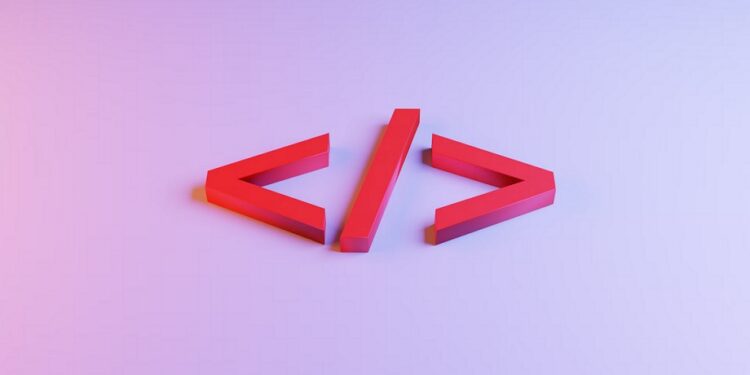The mark of a professional looking website is its adaptability, which is the point of responsive web design. Whether you’re creating a website that will adapt to various screen sizes and reshaping or to a mobile browser, responsive web design will make everything look like it’s running smoothly and feels sleek. If you’re thinking about your web page design, you can take things to the next level by making sure it is responsive to any given platform and device.
Take a look at trends we’ve spotted in responsive web design for some ideas.
Minimalism
Minimalism has taken off in a lot of areas. There is simply something about decluttering what you’re looking at that calms the mind. So interior design has gone minimal, fashion has gone minimal, graphic design has gone minimal, and now web design has gone minimal.
It offers a great way of keeping your graphics simple and being bold at the same time. Not only do the connotations of the style evoke high fashion and expense, but they won’t give your users a headache trying to read content on a colour and pattern-filled backdrop.
Minimalism doesn’t have to mean white and uniform, but limited. Too many brands have gone with white background and black text, creating an entire sea of websites that look the same. Instead, opt for a neutral colour scheme in various tones of simple graphics, and a dark offshoot of black for the rest, like brown or navy blue. Keep a lot of negative space between the features of your homepage so that nothing looks cluttered, and everything has space to breathe.
As part of minimalism, it’s worth mentioning that a lot of menus are now hidden too. You can add a little indicator in the corner, allowing your users to expand into the menu navigation. Not only does everything look more sleek and less cluttered, but you won’t have to sacrifice anything in your menu. Like a piece of foldaway furniture, you get to pull it out when the user needs it and put it away again.
Typographic hero image
The hero image is the first thing that a user is likely to see of your website, so it gets treated as an opening statement, intending to do nothing but grab the user’s attention and get them interested.
Lately, that has come, most commonly, by way of text. A big bold statement with a simple minimalist backdrop can say a lot more than the dozen words or so it affords. Express exactly what your business is all about in the initial hero image and from there let your brand speak for itself.
The simplicity of it demands attention in itself and can be seen as the headline to your website. If your business was to make the front page of the paper, what would you want it to say?
Engaging interactives
As technology evolves, so does creativity, and modern web designers have had a lot to play with. Adding interactivity to your website can be fun and functional, but most just go for fun. For example, Spotify released a report that is dripping with interactive elements. Users can swipe through to get a new beat alongside the menu option they’re looking for on a spinning cube. Other interactions can simply wrap things around the mouse pointer for a bit of fun, allow more information to be found by moving the mouse, or create kaleidoscope patterns in the background. Some even change the language of the site so you have to scroll over the text with the pointer for the title in your language.
Creative scrolling experiences
If you are going for a more fun feel to your website, or are really trying to stress your innovation, you can look into scrolling experiences. There are a lot of brands out there turning their scrolling into an interactive experience. Maybe you’re sent down an animation tunnel to the content you’re looking for or an icon is following you around the website. They can get really wild, showing animations play out as you scroll, or giant titles take over, or elements fall into place as you scroll, so experiment and see what you come up with.
Dark mode
Dark mode is becoming rapidly more popular as time goes on. You can put it down to us all being aware that bright screens are affecting our sleep and brain, or we simply switch it on and forget to turn it off again in the morning.
Plus, there are a lot of benefits to dark modes, including the fact that it uses less battery power and has been known to help people suffering from migraines.
Creating a dark mode for your website can be as easy as switching up the colour scheme, but it will impress users who are looking for less strain on their eyes and is an indicator of a professional website.






